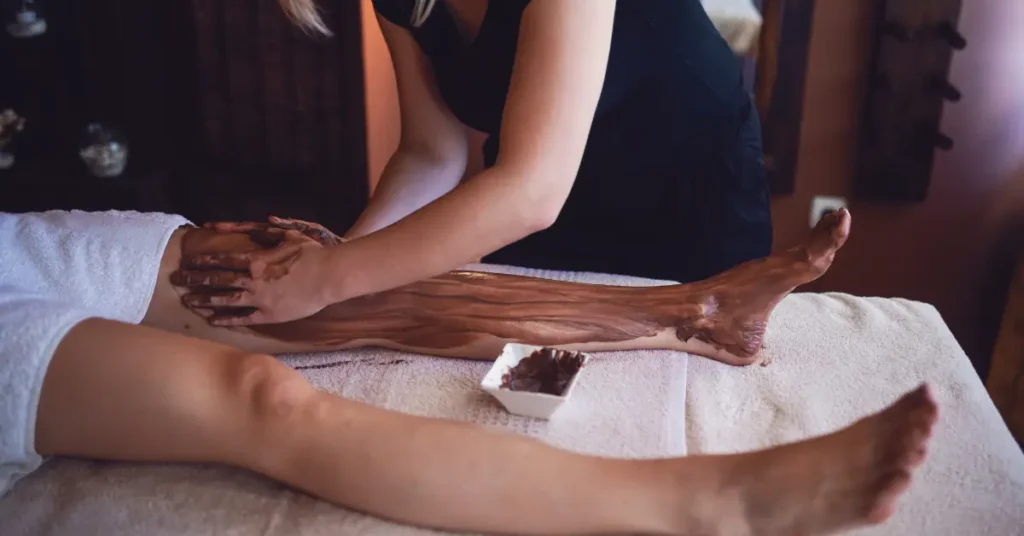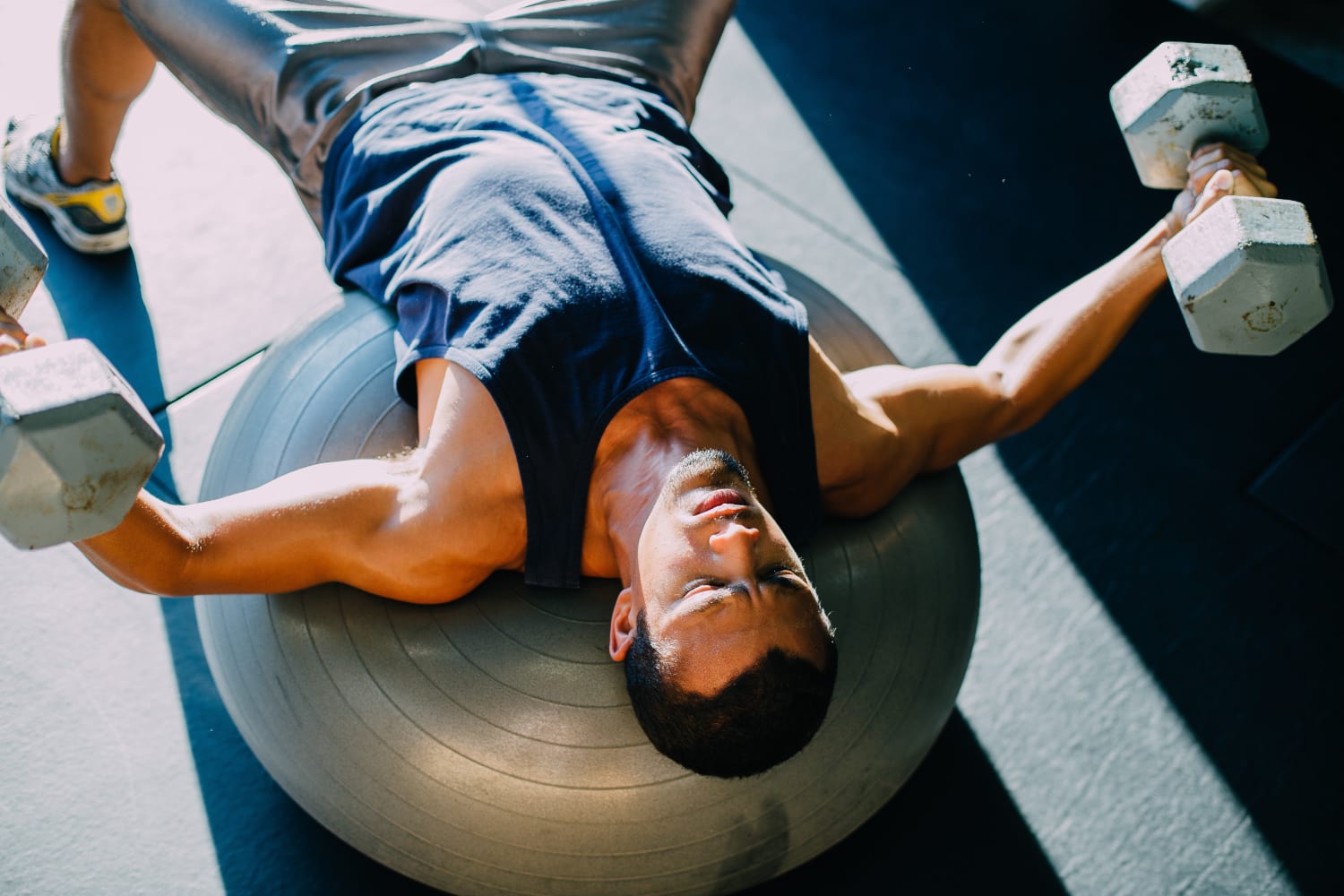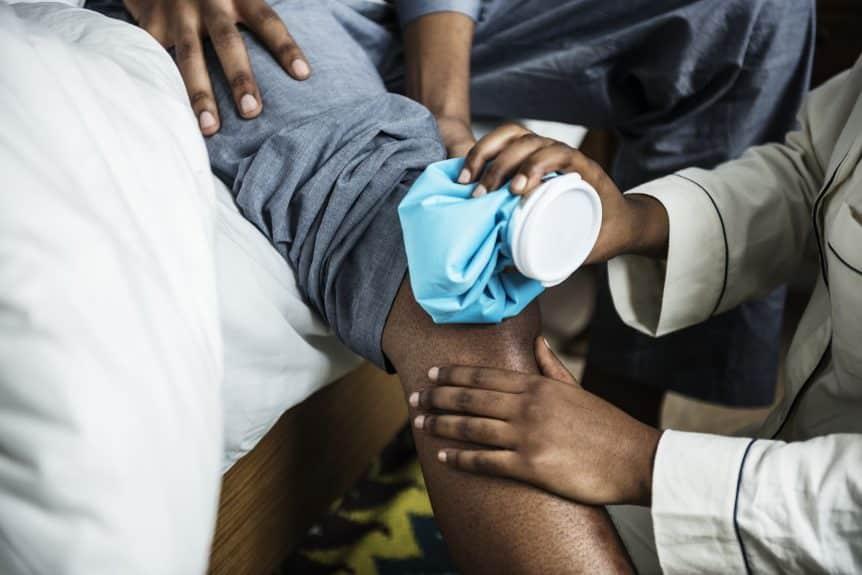These 5 Ways to Stop Leg Pain, try these 5 effective methods: Stretch regularly, maintain a healthy weight, wear supportive footwear, practice proper posture, and avoid excessive high-impact activities. Leg pain can be a debilitating condition that affects individuals of all ages.
Whether it’s caused by muscle strain, nerve irritation, or underlying medical conditions, finding relief is crucial for maintaining a high quality of life. Luckily, there are several simple yet effective strategies to help alleviate leg pain. We will explore five ways to stop leg pain.
By incorporating these methods into your daily routine, you can find relief and get back to enjoying life to the fullest. Let’s delve into each method and discover how it can benefit your overall leg health.
What Causes Leg Pain?

Leg pain can be caused by a variety of factors, including muscle strain, injury, circulation problems, nerve damage, or underlying medical conditions. Here are 5 effective ways to alleviate leg pain and promote better mobility.
Overuse Or Muscle Strain
One of the common causes of leg pain is overuse or muscle strain. When we engage in activities that require repetitive movements or put excessive stress on the leg muscles, it can lead to pain and discomfort. People who participate in high-impact sports or those who have physically demanding jobs are particularly susceptible to this type of leg pain. Additionally, improper form or technique during exercise can also contribute to muscle strain. It is important to note that overuse or muscle strain can affect any muscle group in the legs, including the calves, thighs, and shins.
Injuries And Accidents
Another major cause of leg pain is injuries and accidents. Trauma to the leg, such as fractures, sprains, or strains, can result in severe pain and hinder mobility. Accidents like falls, car crashes, or sports-related mishaps often lead to leg injuries. The impact or force exerted on the leg during such incidents can directly damage bones, ligaments, tendons, or muscles, causing intense pain and swelling. Furthermore, untreated or poorly healed injuries can lead to chronic pain and long-term complications.
Medical Conditions And Diseases
Medical conditions and diseases are significant contributors to leg pain. Certain health conditions can directly or indirectly affect the legs, causing discomfort and pain. Conditions like arthritis, venous insufficiency, deep vein thrombosis (DVT), varicose veins, and peripheral artery disease (PAD) can result in leg pain as a primary symptom. Other systemic diseases, such as diabetes, neuropathy, and fibromyalgia, can also manifest with leg pain as a secondary symptom. It is crucial to address these underlying medical conditions to manage and alleviate leg pain effectively.
Relieving Leg Pain Naturally

If you’re currently dealing with leg pain, you’re likely in search of natural remedies that can provide relief. From maintaining a healthy lifestyle to trying alternative therapies, there are several ways to alleviate leg pain without relying on medications. In this article, we’ll explore five effective methods to relieve leg pain naturally and improve your overall well-being.
Maintaining A Healthy Lifestyle
Maintaining a healthy lifestyle is crucial when it comes to reducing this. Incorporating the following habits into your daily routine can make a significant difference:
- Eating a Balanced Diet: Consuming nutritious foods rich in vitamins, minerals, and antioxidants can promote healthy blood flow and reduce inflammation, ultimately relieving leg pain.
- Staying Hydrated: Proper hydration is essential for overall health and can aid in circulation, reducing the risk of leg pain.
- Quitting Smoking: Smoking can contribute to poor circulation, which may worsen leg pain. Quitting smoking can improve blood flow and alleviate discomfort.
- Maintaining a Healthy Weight: Excess weight puts additional strain on your legs. By maintaining a healthy weight through regular exercise and a balanced diet, you can relieve leg pain.
Practicing Proper Posture And Body Mechanics
Improper posture and body mechanics can put unnecessary stress on your legs, leading to pain or discomfort. By making slight adjustments to your posture and body mechanics, you can reduce leg pain significantly:
- Sitting and Standing Posture: When sitting or standing, ensure that your back is straight, your shoulders are relaxed, and your feet are flat on the floor. Avoid crossing your legs for extended periods as it can restrict circulation.
- Proper Lifting Techniques: When lifting heavy objects, remember to bend at the knees, keeping your back straight. This technique reduces strain on the legs and lower back, preventing it.
Incorporating Stretching And Exercise
Stretching and regular exercise can increase flexibility and improve blood circulation, effectively relieving it. Include the following exercises in your routine:
- Hamstring Stretches: Sit on the floor with one leg extended straight in front of you. Lean forward, reaching towards your extended foot until you feel a stretch in the back of your thigh. Hold for 30 seconds and repeat on the other leg.
- Low-Impact Aerobic Exercises: Engage in activities like walking, swimming, or biking as they improve circulation without putting excessive stress on your legs.
- Strength Training: Perform leg-specific strength exercises such as squats and lunges to strengthen the muscles supporting your legs, minimizing it.
Applying Heat And Cold Therapy
Heat and cold therapy can provide immediate relief for leg pain by reducing inflammation and soothing sore muscles. Here’s how to incorporate these therapies:
- Heat Therapy: Apply a heating pad or warm towel to the affected area for 15-20 minutes. Heat increases blood flow, relaxes muscles, and relieves it.
- Cold Therapy: Use ice packs or a bag of frozen vegetables wrapped in a towel to apply cold therapy. Cold reduces swelling and numbs the area, providing temporary pain relief.
Trying Alternative Therapies And Remedies
If traditional methods haven’t provided adequate relief, you may consider trying alternative therapies and remedies to alleviate leg pain:
- Acupuncture: Ancient Chinese practice involving the insertion of thin needles at specific points on the body to relieve pain and promote healing.
- Herbal Remedies: Certain herbs like turmeric, ginger, and devil’s claw have anti-inflammatory properties and may help reduce leg pain when consumed as supplements or in teas.
- Massage Therapy: A professional massage can relax tense muscles, increase blood flow, and provide significant pain relief for individuals suffering from leg pain.
By implementing these methods into your daily routine, you can find relief from this naturally. Remember, it’s always important to consult with a healthcare professional before trying any new treatment or remedy to ensure it’s suitable for your specific condition.
Seeking Professional Help
Experience relief with these 5 effective methods. Find professional help to alleviate discomfort and improve your quality of life.
If you are experiencing persistent leg pain, it is essential to seek professional help. Consulting with a healthcare provider is the first step in finding the underlying cause of your leg pain and determining the most effective treatment plan. From exploring physical therapy options to considering medication and injections, as well as evaluating surgical interventions, there are various ways in which healthcare professionals can assist you in managing and alleviating leg pain.
Consulting With A Healthcare Provider
When it comes to seeking relief from leg pain, it is crucial to consult with a qualified healthcare provider. They have the knowledge and expertise to accurately diagnose the cause of your pain and guide you toward the most suitable treatment options. Whether you visit a primary care physician, orthopedic specialist, or pain management specialist, they will conduct a thorough evaluation of your symptoms, and medical history, and perform any necessary diagnostic tests.
During your consultation, be prepared to discuss details such as the location and intensity of your pain, any triggering factors, and any previous treatments you may have tried. By providing this information, you can assist your healthcare provider in developing a personalized treatment plan that best addresses your specific needs.
Exploring Physical Therapy Options
One effective non-surgical approach to managing is physical therapy. A physical therapist is trained to evaluate your condition and develop a customized rehabilitation program to target the root cause of your leg pain. Through a combination of exercises, stretches, and manual therapy techniques, physical therapy aims to improve your strength, flexibility, and overall function.
Physical therapy can be particularly beneficial for individuals experiencing due to muscle imbalances, joint instability, or overuse injuries. By addressing these underlying issues, physical therapy can help reduce pain and improve your ability to perform daily activities without discomfort. Additionally, a physical therapist can provide valuable education on proper body mechanics and techniques to prevent future.
Considering Medication And Injections
In some cases, medication and injections may be a suitable option to manage and alleviate. Depending on the cause of your pain, your healthcare provider may recommend over-the-counter pain relievers or prescribe stronger medications to help reduce inflammation and control your symptoms. Always follow your healthcare provider’s instructions and take medications as directed.
In certain circumstances, corticosteroid injections may be utilized to provide targeted pain relief. These injections deliver powerful anti-inflammatory medication directly to the site of pain, offering temporary relief for conditions such as tendinitis, bursitis, or arthritis. However, it is crucial to keep in mind that while medication and injections can provide immediate relief, they may not address the underlying cause of your leg pain in the long run.
Evaluating Surgical Interventions
For individuals with severe or chronic leg pain that does not respond to conservative treatments, surgical interventions may be considered as a last resort. Surgical options will vary depending on the specific cause of your pain, and it is essential to consult with a qualified orthopedic surgeon or specialist to explore these options fully.
Surgical interventions may include procedures such as arthroscopy, joint replacement, nerve decompression, or spinal fusion, depending on the underlying cause of your leg pain. These procedures are typically recommended when all other conservative treatments have been exhausted, and the benefits of surgery outweigh the potential risks and recovery process.
In conclusion, seeking professional help when experiencing leg pain is crucial in finding effective relief. By consulting with a healthcare provider, exploring physical therapy options, considering medication and injections, or evaluating surgical interventions, you can take proactive steps toward managing your leg pain and improving your overall quality of life. Remember, each case is unique, and it is essential to work closely with your healthcare provider to determine the most suitable treatment plan for your specific needs.

Credit: www.nbcnews.com
Frequently Asked Questions For 5 Ways To Stop Leg Pain
How Do I Make My Leg Stop Hurting?
To relieve leg pain, try these remedies: Rest and elevate your leg, apply ice to reduce inflammation, take over-the-counter pain relievers, try gentle stretches and exercises, and consider using compression bandages or socks. If the pain persists, consult a healthcare professional for further evaluation and treatment.
What Is The Best Home Remedy For Leg Pain?
Stretching exercises can help relieve leg pain at home. Simple exercises like calf raises, hamstring stretches, and quad stretches can provide relief. Regular exercise, maintaining a healthy weight, applying heat or cold packs, and taking over-the-counter pain medications may also help alleviate leg pain.
What Is The Main Reason For Leg Pain?
The most common cause of leg pain is muscle cramps or strains. Other possible reasons include nerve damage, arthritis, blood clots, or an injury.
How Do I Stop My Legs From Hurting When I Stand All Day?
To relieve leg pain from standing all day, wear comfortable shoes with proper support, take breaks to stretch and walk around, use a cushioned floor mat, and try elevating your legs during breaks. Regular exercise and staying hydrated can also help reduce discomfort.
Conclusion
By implementing these 5 effective strategies, you can effectively alleviate and prevent leg pain. From maintaining a healthy lifestyle that includes regular exercise and a balanced diet to utilizing compression garments and practicing proper posture, each method plays a crucial role in achieving optimal leg health.
Remember, prioritizing self-care and seeking professional help when necessary can lead to significant relief and ensure your overall well-being. Embrace these strategies and bid farewell to leg pain for good.

1 thought on “5 Ways to Stop Leg Pain”